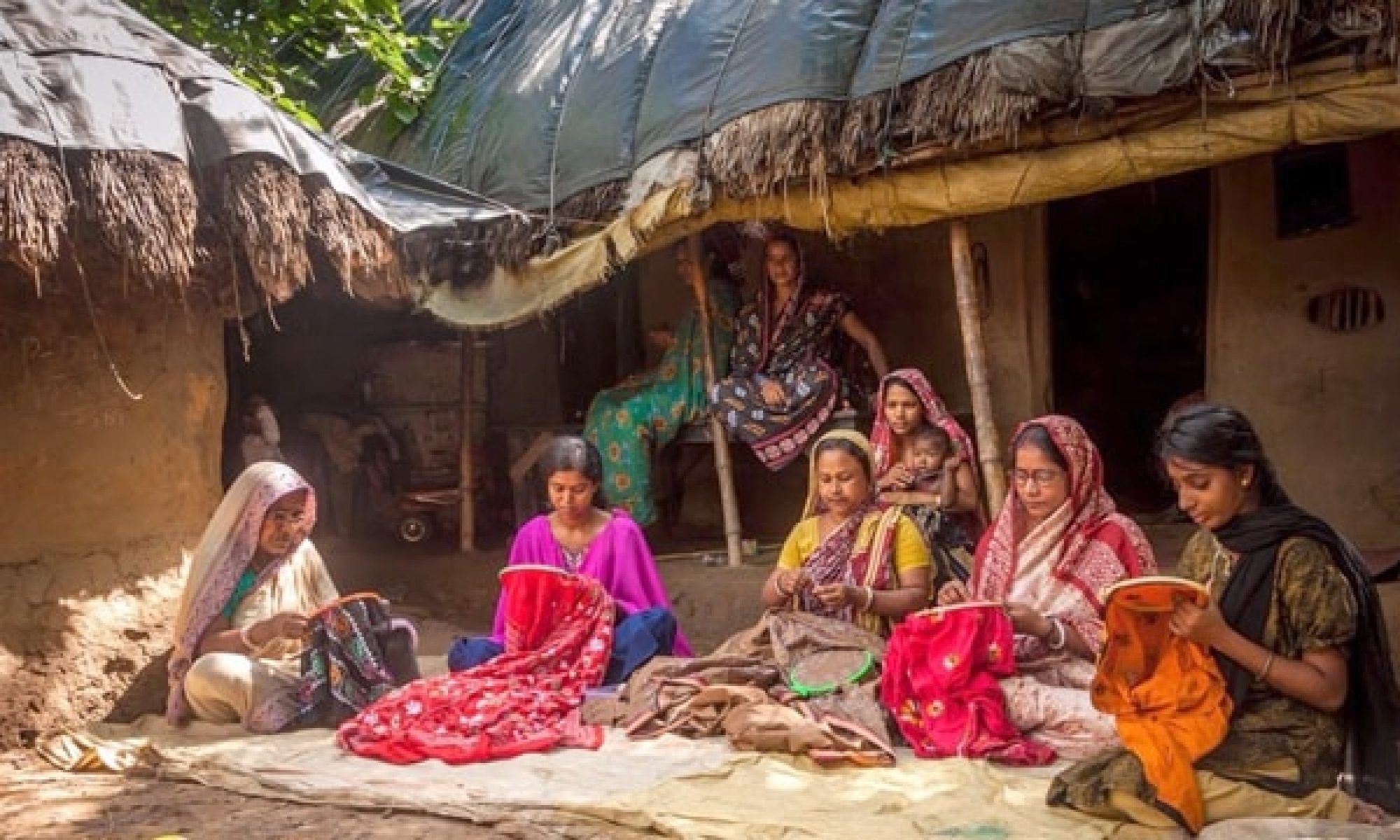The handicrafts sector has undoubtedly immense potential in generating opportunities & wages for many artisans.
For India, the increased demand for handicrafts in both the national and international markets have not led to a corresponding rise in benefits to individual craftworkers also conclude that despite higher-than-expected earnings in Asia from craft production, the returns to labor are extremely low, resulting in at least partially in an insufficient number of young people entering the craft sector.
(Cable et al 1986:108; Taimni 1987:24), Kathuria et al (1988: v)
This gap between opportunities and returns has resulted in artisans joining this work out of those, few of them have left this field due to this disparity. This research would be helpful in building networks and connecting these artisans with professionals.
Research Strengths
Strong Network: This research would help in the foundation of a strong network which would directly connect the deserving Artisans with the professionals from the film / fashion Industry.
Interview by: Mr. Divyak D’souza
Authenticity: Authenticity is the major feature of this bridge as all the Artisans & Professionals are able to connect/register after proper documentation and authentication process.
Trust: This bridge would promise trust to the artisans in terms of fair labor wages, connecting them with real professionals with or without registered intermediaries.
Value: As an initiative to connect Artisans with the professionals, the Artisans should be able to deliver the expected value in terms of quality designs, unique creation through this bridge. Fashion brands/films are focusing more on creativity, uniqueness, and quality.
Awareness: Working directly with the Artisans requires the development of strong programs like training, awareness, and education to enlighten the mindset of the artisans through this channel of exposure.
Empowerment: Preparing artisans for the film/fashion world would not only help them in terms of wages, rights & schemes but it will help in eradication of corruption in the process. Empowering them in terms of their IPR is especially important.
Interview : Mr. Nikhil Prabhakar
Weaknesses/gaps
Lack of participation: Few regions in India endowed with rich original traditional art, are not willing to move and participate. This will impede the learning and exposure they might gain through participation.
Resistance towards handicrafts: After interviewing a few emerging artisans and young people who are not willing or want to change their art forte. This thought is limiting them to the road, which can easily help them earn daily wages in return.
There is resistance amongst the young to handicrafts not only because of the poor financial return, but also because handicrafts are seen as for the ‘old, uneducated and rural.
Interview : Ms. Swati Srivastava
Rigid Belief system: The few artisans with strong artisanship are very rigid and not willing to adapt to the new requirement from the fashion industry. They do not want to uplift the actual process (not art), like a change in weave pattern for any sample fabric as per requirement by some designer.
Interview : Mr. Gaurang Shah
Fast Fashion: Few budding designers are working fast-paced and are less interested in training new artisans to save their efforts and time. They want to continue with their in-house labors rather than investing in new talents.


